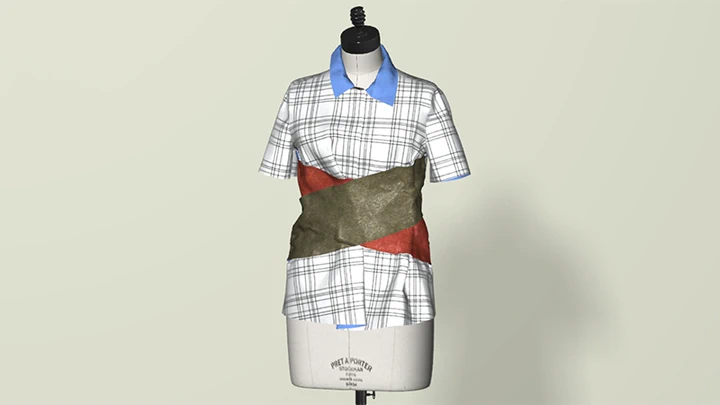A Safe and Fast Repulsion Method for GPU-based Cloth Self Collisions

Abstract
Cloth dynamics and collision handling are the two most challenging topics in cloth simulation. While researchers have substantially improved the performances of cloth dynamics solvers recently, their success in fast collision detection and handling is rather limited. In this article, we focus our research on the safety, efficiency, and realism of the repulsion-based collision handling approach, which has demonstrated its potential in existing GPU-based simulators. Our first discovery is the necessary vertex distance conditions for cloth to enter self intersections, the negations of which can be viewed as vertex distance constraints continuous in time for sufficiently avoiding self collisions. Continuous constraints, however, cannot be enforced with ease. Our solution is to convert continuous constraints into three types of constraints: discrete edge length constraints, discrete vertex distance constraints, and vertex displacement constraints. Based on this solution, we develop a fast and safe collision handling process for enforcing constraints, a novel splitting method for integrating collision handling with dynamics solvers, and static and adaptive remeshing schemes to further improve the runtime performance. In summary, our cloth simulator is efficient, safe, robust, and parallelizable on a GPU. The experiment shows that it runs at least one order of magnitude faster than existing simulators.
Type
Publication
ACM Trans. Graph. (SIGGRAPH), 40(1)
GPU Acceleration
Vertex Repulsion
Cloth Simulation
Collision Detection and Handling
The Splitting Method
Authors
Chief Scientist
My research interests include computer graphics, computer vision, generative AI, and embodied AI.